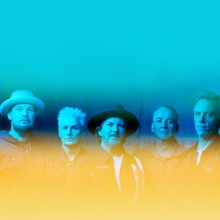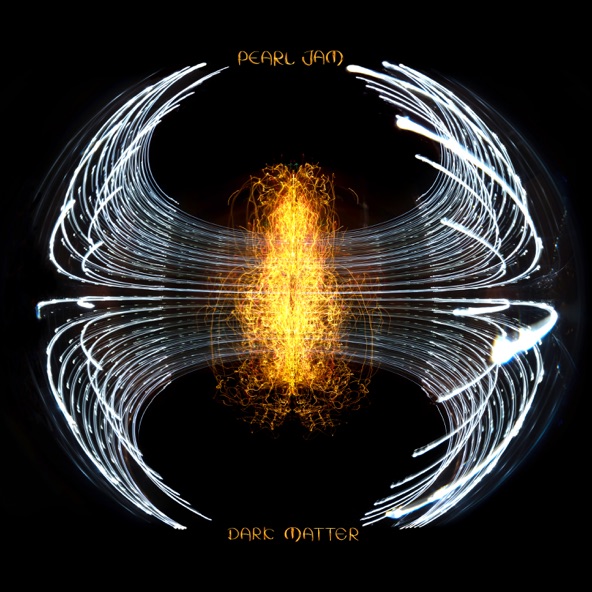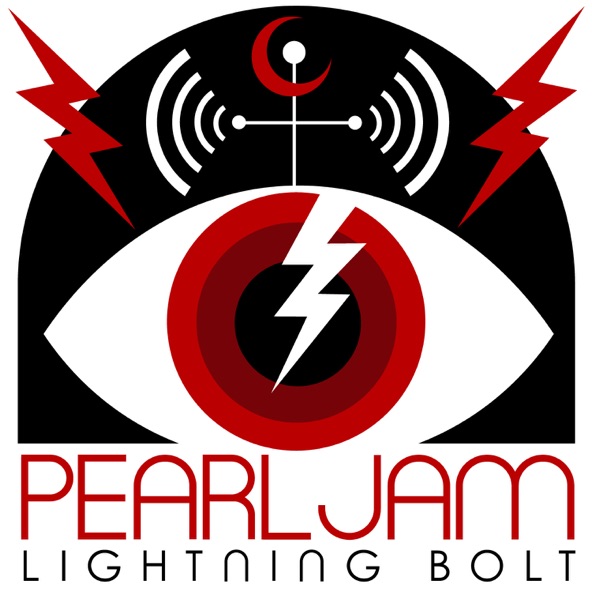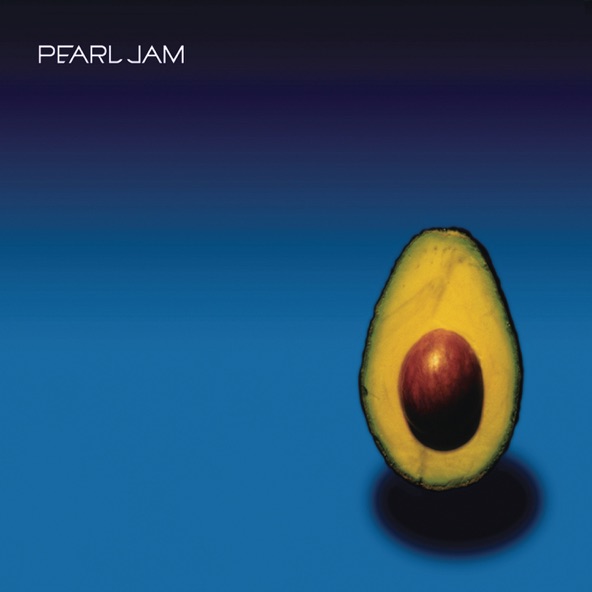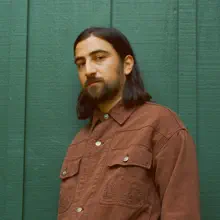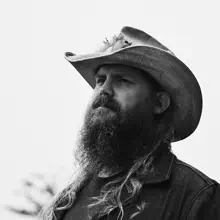Artist
Pearl Jam
Pearl Jam are a band born from death. Rising from the ashes of Seattle hard-rock hopefuls Mother Love Bone—whose flamboyant frontman, Andrew Wood, succumbed to an overdose in 1990—guitarist Stone Gossard and bassist Jeff Ament built their next group around singer Eddie Vedder, a California-based gas-station attendant with whom they had become demo-trading penpals through their mutual friend Jack Irons (formerly of the Red Hot Chili Peppers). After the Wood tribute project Temple of the Dog effectively served as Vedder’s public audition, Pearl Jam’s 1991 debut, <i>Ten</i>—alongside Nirvana’s <i>Nevermind</i>, released a month later—transformed the grungy sound of Seatte’s underground into a global phenomenon. But while <i>Ten</i> teemed with dark tales of intra-family trauma (“Alive”) and classroom suicide (“Jeremy”), its songs were fuelled by a classic rock-schooled sense of cathartic release, positioning Pearl Jam as the idealistic Clash to Nirvana’s nihilistic Sex Pistols. With 1993’s equally furious <i>Vs.</i>, Pearl Jam became the most popular rock band in America, spending five weeks at No. 1 and setting a record for opening-week sales. But in hindsight, that album—and the media hysteria surrounding the group at the time—marked the beginning of Pearl Jam’s long, slow retreat from the spotlight, en route to becoming either the world’s biggest cult band or its cultiest arena act. Forsaking traditional promotional strategies like music videos, Pearl Jam swapped their grunge sound for more enigmatic, experimental efforts like 1996’s <i>Vitalogy</i> and 2000’s <i>Binaural</i>, while devoting their energies to battling Ticketmaster in court over monopolistic practices and throwing their weight behind various social-justice causes. Throughout it all, the band has continued to stage legendarily sprawling live shows for massive crowds of Deadhead-like devotees, while maturing gracefully on record—once the embodiment of rage and discontent, Vedder’s sonorous voice is a kindly source of comfort on latter-day acoustic turns like 2009’s “Just Breathe” and 2013’s “Sirens”. But coming off a seven-year hiatus, 2020’s <i>Gigaton</i> re-lit the band’s adventurous impulses with forays into Talking Heads-style funk (“Dance of the Clairvoyants”) and psychedelic folk (“Buckle Up”)—a heartening indicator that, despite being an American rock institution, Pearl Jam’s non-conformist streak is still very much alive.
